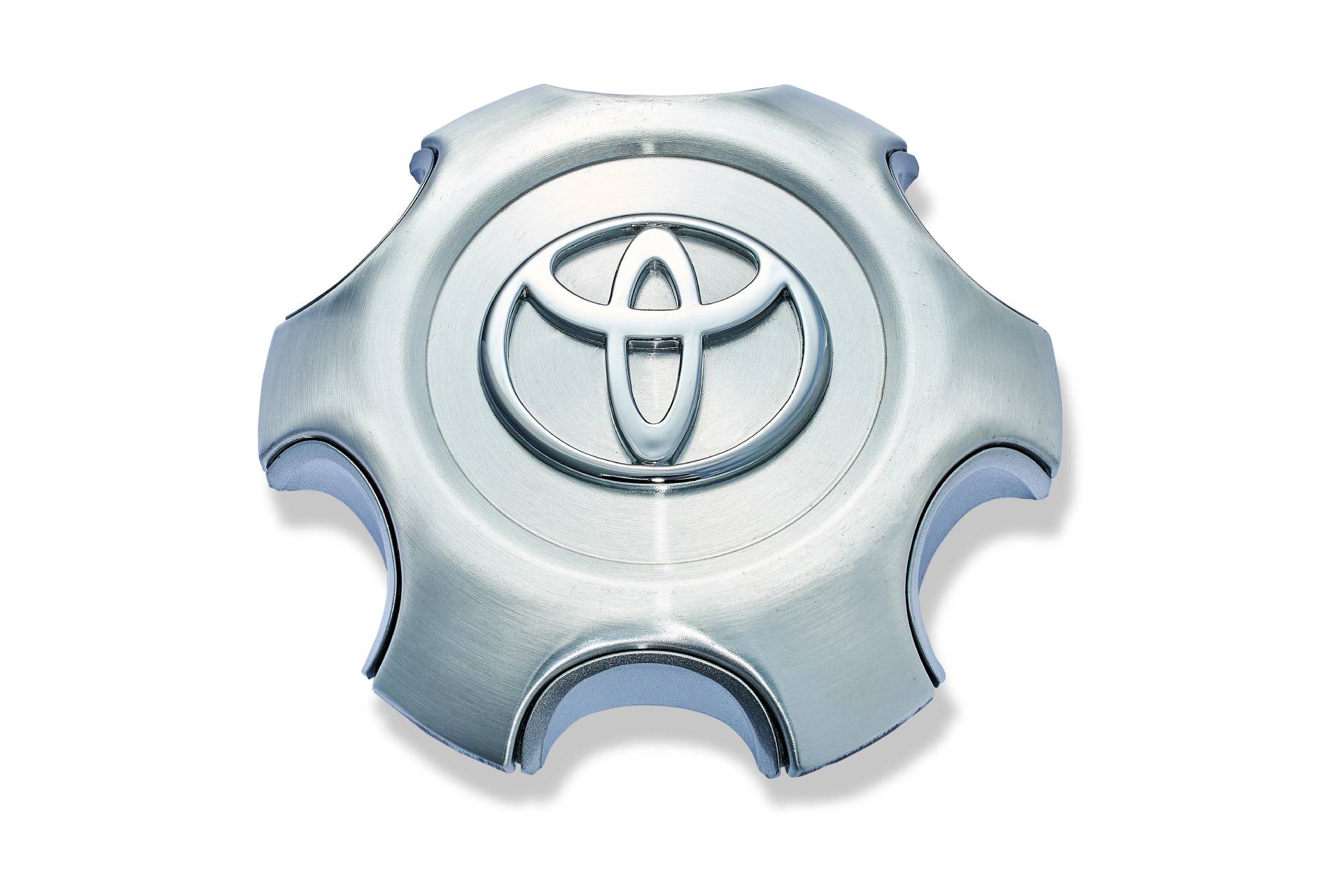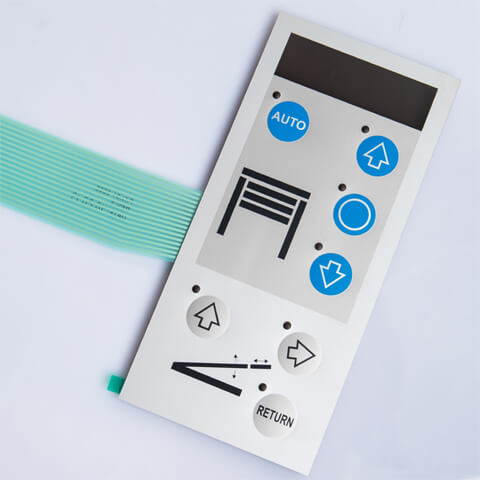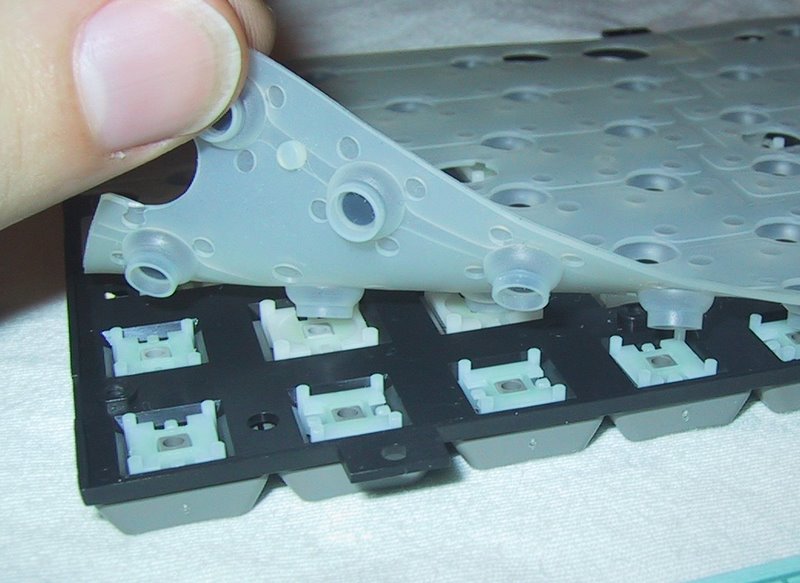How Membrane Switches Contribute to the Success of Smart Home Devices
How Membrane Switches Contribute to the Success of Smart Home Devices
Blog Article
Membrane Switch Innovation: The Trick to Dependable and Economical User Interfaces
Membrane switch innovation has actually arised as a crucial component in the design of individual interfaces, supplying both integrity and cost-effectiveness across a diverse series of applications. Its robust building and construction ensures resistance to ecological difficulties, while the flexibility in design enables for customized solutions that satisfy certain industry demands. As we check out the complex advantages of membrane switches, their capacity for advancement increases concerns regarding future applications and progressing fads. What does the following chapter hold for this modern technology in an increasingly digital landscape?
Understanding Membrane Layer Switch Technology
Membrane switch technology is a widely utilized interface solution in various electronic devices, offering a smooth mix of capability and design. This modern technology incorporates multiple layers of materials, typically containing a visuals overlay, spacer layer, and a circuit layer. The visuals overlay shows the user interface elements, while the spacer layer separates the circuit layer from the overlay till a user turns on a button.
When stress is used to the overlay, the circuit layer finishes the electric circuit, sending a signal to the gadget. This system enables for different setups, consisting of tactile comments and backlighting alternatives, improving customer interaction. Membrane layer buttons are normally produced utilizing durable products such as polyester or polycarbonate, guaranteeing long life and resistance to environmental elements like wetness and dirt.
The convenience of membrane layer switches enables their application in varied markets, consisting of clinical devices, customer electronics, and commercial controls. Their compact style enables integration right into space-constrained atmospheres, offering a reliable user interface without jeopardizing aesthetic charm. Recognizing the complexities of membrane layer button innovation is important for suppliers and designers looking for to produce dependable and effective human-machine user interfaces.
Secret Advantages of Membrane Switches
While various user interface services exist, membrane layer changes deal distinctive advantages that make them a recommended selection in many applications. Among the primary benefits is their longevity; membrane switches are designed to withstand extreme ecological problems, consisting of dampness, dust, and temperature changes, making sure durable efficiency. This resilience considerably minimizes the requirement for constant substitutes, therefore lowering overall maintenance costs.

In addition, membrane layer switches are lightweight and compact, making them ideal for applications where room is limited. Their low-profile design adds to a sleek appearance without endangering capability.
Cost-effectiveness is likewise a noteworthy advantage, as the production process for membrane layer switches over has a tendency to be more economical contrasted to typical mechanical buttons. This cost, combined with their integrity and simplicity of setup, positions membrane layer changes as a practical option for a variety of sectors seeking reliable and efficient interface.
Applications Throughout Different Industries
Exactly how do membrane layer switches adapt to the varied needs of different sectors? Membrane layer switch innovation is significantly recognized for its flexibility, making it appropriate for a vast variety of applications throughout several fields.
In consumer electronics, membrane layer buttons provide a small option for remotes and home devices, enhancing customer experience via instinctive design. Additionally, the industrial industry leverages membrane layer buttons for equipment control board, profiting from their resistance to harsh environments, such as wetness and dust.
Armed forces and aerospace applications likewise make use of membrane layer buttons for their integrity and capacity to withstand extreme problems, ensuring operational efficiency in crucial situations. The food and drink market embraces these switches for automated systems, where hygiene and convenience of procedure are vital (membrane switch). Eventually, membrane switches are tailored to fulfill the one-of-a-kind needs of each market, showing their vital function in contemporary innovation user interfaces
Layout and Customization Choices

In the realm of membrane layer switch technology, design and customization options play an essential role in enhancing capability and individual interaction. These switches can be customized to fulfill particular operational needs and visual preferences, making them functional elements in numerous applications.
One of the key personalization options is the format of the switch itself, which can be made to suit one-of-a-kind customer interfaces and ergonomic considerations. By adjusting the form, size, and plan of buttons, makers can create instinctive designs that promote ease of usage. Additionally, the unification of different shades and graphic overlays enables for branding and improved exposure, ensuring that individuals can quickly determine functions.
Additionally, membrane layer buttons can be engineered with different responsive feedback systems, such as elevated buttons or distinct clicks, to enhance the user experience. Various materials can additionally be selected for longevity and environmental resistance, attending to factors such as moisture, temperature changes, and chemical direct exposure.
Ultimately, the substantial layout and customization choices available in membrane layer switch innovation encourage businesses to create tailored options that not just meet practical demands yet additionally align check out here with their branding and operational requirements.

Future Trends in Membrane Layer Buttons
As membrane layer switch technology remains to develop, future patterns are progressively concentrated on boosting customer experience and integrating sophisticated performances. One substantial trend is the integration of touch-sensitive and capacitive innovations right into standard membrane layer buttons. This development enables even more instinctive interface, giving responsive responses while keeping a sleek design.
An additional arising pattern is the usage of eco-friendly products, driven by the growing need for sustainable production methods. Manufacturers are seeking to reduce their carbon impact by utilizing recyclable substratums and low-impact inks, aligning with global sustainability goals.
In addition, the rise of the Net of Points (IoT) is triggering the consolidation of clever attributes right into membrane switches. Improved check here connection choices will certainly make it possible for gadgets to interact with each other, enabling seamless integration right into more comprehensive systems.
In addition, improvements in printing innovations, such as digital printing, are enabling better layout versatility and personalization. This enables suppliers to create elaborate layouts and lively colors cost-effectively.

Conclusion
Finally, membrane layer switch modern technology stands for a vital technology in interface design, supplying considerable advantages in longevity, personalization, and cost-effectiveness. Its prevalent applicability across varied industries highlights its importance in contemporary innovation. As developments remain to emerge, especially in touch-sensitive interfaces and sustainable products, the potential for membrane switches over to enhance individual experience and capability stays encouraging. Continued exploration of this innovation will get redirected here likely generate even more renovations and broaden its range in future applications.
Report this page